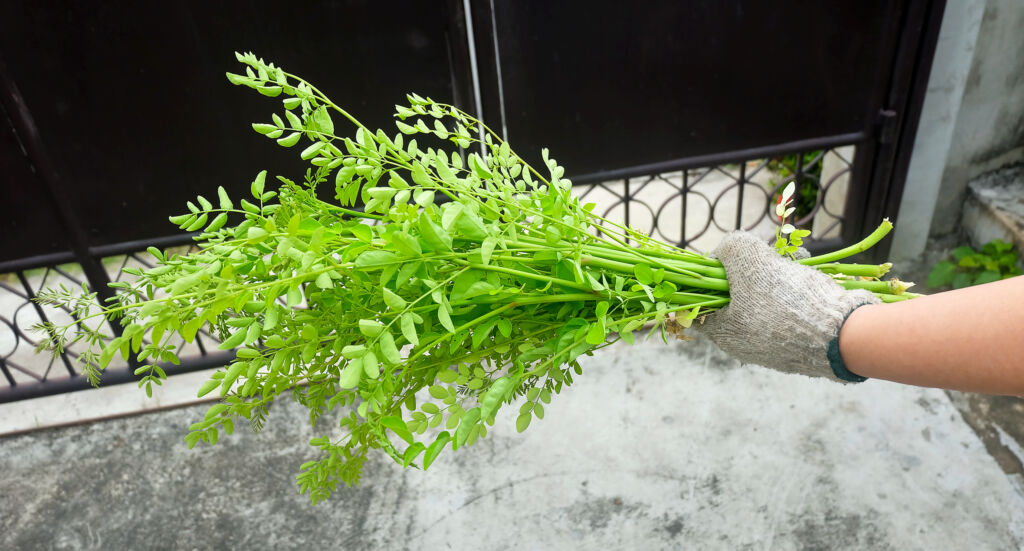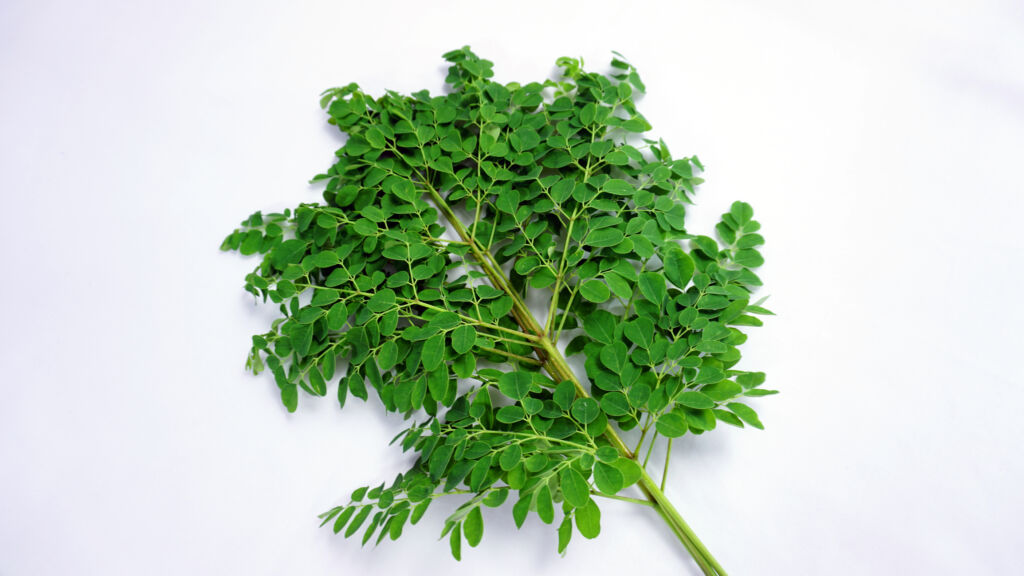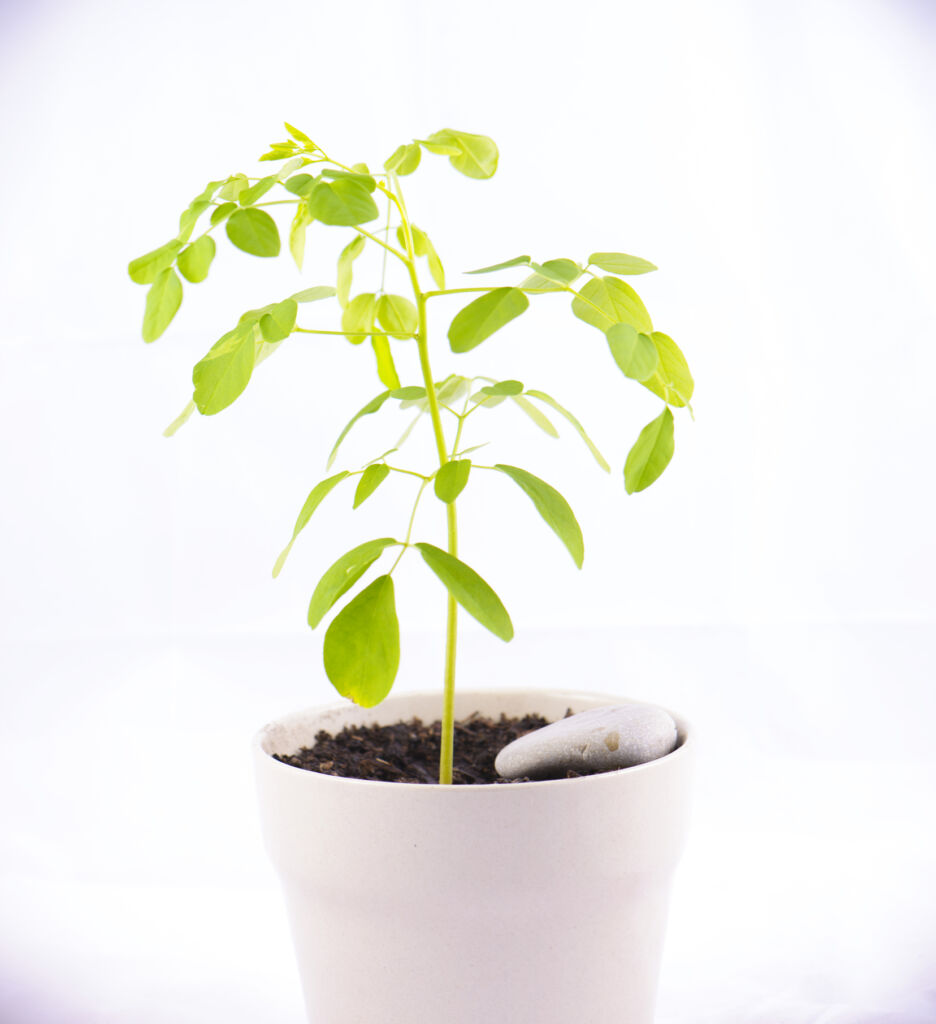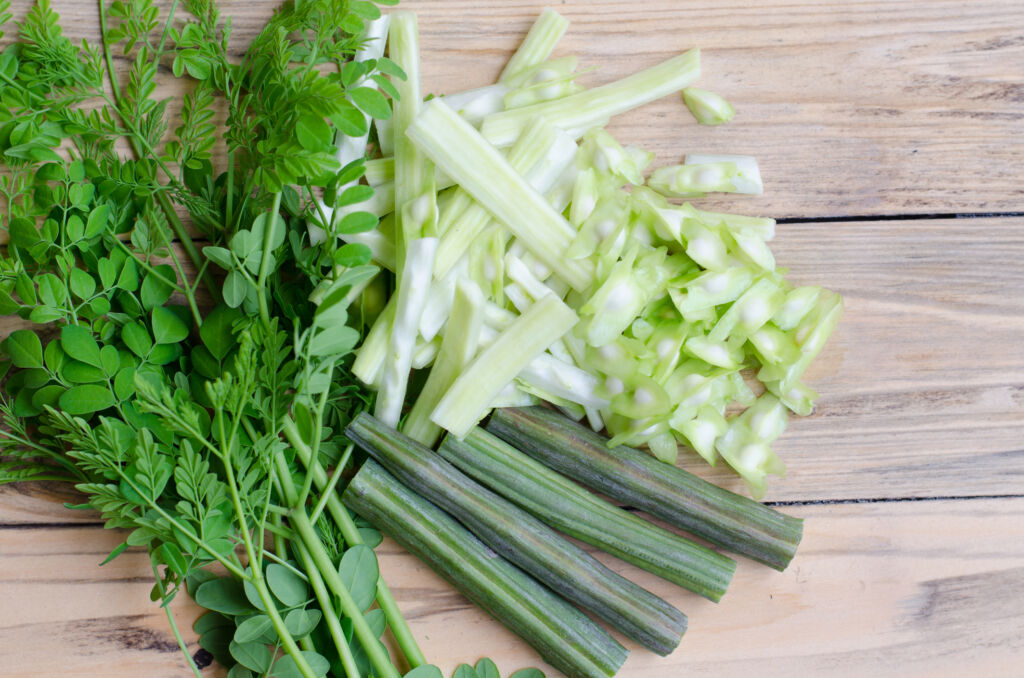HousePlantJoy is supported by our audience. When you purchase through one of our links, we may earn a small affiliate commission. As an Amazon Associate I earn from qualifying purchases. Your cost is not affected.
==================
Caring For Moringa Tree As A Houseplant
Describe Moringa Tree As A Houseplant
Sunlight and Heat For The Moringa Oleifera
Watering Moringa Tree As A Houseplant
Fertilizing And Pruning The Moringa Oleifera
What People Do With Moringa
Benefits Of Moringa Tree As A Houseplant
To Wrap It All Up
As mentioned, many health benefits of Moringa plants are available. Thus folks take care of it to incorporate its consumable parts with food and drinks. It is another point that shows owning it is practical. We hope you learned a few helpful things about the Moringa Oleifera plant. Thanks for reading and please share your thoughts about this healthy herb.
Discover the vibrant world of indoor gardening with these 13 cactus houseplant types grow indoors, ideal for creating a thriving oasis in your home. Unlock the secrets to successful cultivation and start growing your own indoor desert paradise today!











